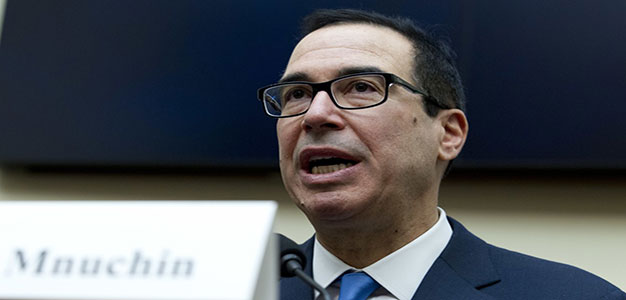
Following the financial crisis of 2007 to 2010, President Obama signed the Dodd-Frank Wall Street Reform and Consumer Protection Act into law on July 21, 2010. At the time, Democrats controlled both houses of Congress and could have put teeth into the law, had they chosen to do so. The Act did not reform Wall Street nor did it protect American consumers from the looting practices of the Wall Street banks.
Dodd-Frank allowed Wall Street’s private justice system to continue, where both customers and employees must waive their rights to bring claims in a court of law; it allowed Wall Street banks to continue using depositors’ money to make wild gambles in derivatives; it permitted Wall Street banks to continue buying triple-A credit ratings from the ratings agencies for dodgy securitized products; it allowed the very same banks that blew themselves up during the crisis to continue to operate their own Dark Pools and trade the shares of their own banks in darkness, as well as trade the stocks on which they had just issued “buy” ratings to the public. We could go on and on, but you get the point: Dodd-Frank was a grand show that accomplished next to nothing in the way of meaningful structural reform of Wall Street.
Now Americans are learning that the Dodd-Frank Act did one other very dangerous thing: it legally authorized the U.S. Treasury Secretary to take the Federal Reserve hostage during a financial crisis. Section 1101 of the Act provides that the Federal Reserve Board, “may not establish any program or facility under this paragraph without the prior approval of the Secretary of the Treasury.” The referenced paragraph pertains to the Fed’s ability to enact emergency lending facilities during a financial crisis.
Federal Reserve Chairman Jerome Powell’s testimony to the Senate Banking Committee on December 1 indicates that he is very much aware of who’s now in charge of calling the shots on emergency loans by the Fed in a time of crisis. Powell testified as follows:
“Our actions taken together have helped unlock almost $2 trillion of funding to support businesses, large and small, non-profits and state and local governments since April. This in turn has helped keep organizations from shuttering and has put employers in a better position to keep workers on and to hire them back as the economy continues to recover. These programs serve as a backstop to key credit markets and have helped restore the flow of credit from private lenders through normal channels. We’ve deployed these lending powers to an unprecedented extent. Our emergency lending powers require the approval of the Treasury and are available only in very unusual circumstances, such as those we find ourselves in.” (Italics emphasis added.)
As the Fed’s emergency loan programs were running full throttle in 2009, the very same man who had created them in the first place, Timothy Geithner, President of the New York Fed, was now serving as President Obama’s Treasury Secretary. Instead of being assailed for his lax oversight of the Wall Street banks that allowed them to become financial basket cases, Geithner was promoted to Treasury Secretary by Obama and Congress put him in further control of the Fed’s emergency loan programs under the language in the Dodd-Frank Act…
Continue Reading